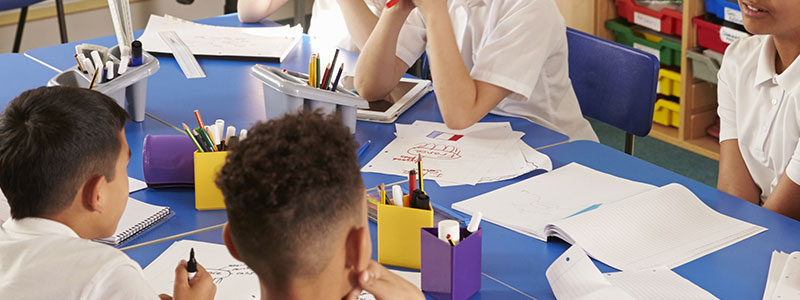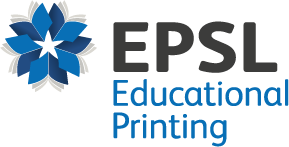Reimagining classic stories
For many students, there’s nothing more intimidating than a blank page. Over your teaching career you’ve probably heard plenty of variations on ‘I don’t know what to write’. So, why not start with something they know? You can use common fairy tales as useful templates to inspire your class - particularly when you challenge them to write one of these well-known stories from a different character’s point of view.
Take Jack and the Beanstalk for example - how do your students think the giant have felt when Jack stole into his castle to steal his Golden Goose? What did Mama Bear think about finding Goldilocks sleeping in Baby Bear’s bed? Why were the Ugly Sisters so mean to Cinderella, and did their feelings ever change?
Inspiring your class with objects
There are countless tales that revolve around a central plot-important object, such as the legendary King Arthur’s quest for the Holy Grail. While these sorts of stories are sometimes treated with disdain by some adult writers (hence the sometimes-derisory term ‘MacGuffins’ for such plot-important objects), there’s no denying that they can make for some quite captivating tales. The Wizard of Oz, and two of the tales we’ve already mentioned above, Cinderella and Jack and the Giant Beanstalk, are all excellent examples.
Why not challenge your students to bring in (or think of) a favourite object of their own, and use it as the basis for one of their own stories? It could be funny, scary, mysterious or happy. That’s all up to them!

Asking “What If…?”
It’s not uncommon for children to perceive writing as a solitary task, which can sometimes limit their enthusiasm for it. Activities like these next two can get them thinking more collaboratively, helping students bounce ideas off one another, and to improve upon and expand their own ideas. Here’s how it works: each student can use a pen and paper to think of and write a single “What if…” question. Once they’re done, they can then pass that note onto a second student, who has the challenge of building that question into a story.
A couple of quick examples:
What if… dragons were real?
What if… your dog could talk?
What if… you had a time machine?
Once they’ve become confident enough at writing short stories for each other, they can then have a go at coming up with some for themselves.
Linking story chains
Another great collaborative activity. This one is great for helping children to expand their knowledge of writing structures, while also getting their creative gears spinning by encouraging them to come up with creative ideas on the fly.
The way it works is simple. Everyone starts with a blank piece of paper and a pen - you begin the activity by writing a single story prompt on the whiteboard. Then, set some way of limiting the amount that each student will write. You might choose to measure this by a certain level of time, or by a certain number of paragraphs, or by a certain number of words. Once the first student has written their lot, they can then pass their paper to the next person along, who adds their own piece. With each student contributing their own vocabulary and ideas, some quite intriguing stories can start to emerge!
If you’re particularly efficient in your organisation, you can even arrange it so that when you finish, the originator of each story has their opening paragraph back in front of them. Then, you can start discovering what’s been produced. It’s a great exercise in learning more about the structure and progression of a story.
These are just a few ideas, of course; you might already be thinking of one or two more of your own! We’ll leave the specifics to you - as for us, if you ever need any help or advice, or you’re looking for a particular type of exercise book for school, such as personalised exercised books, we’re always on hand to help here at EPSL. With more than 40 years of experience behind us, we’re top of the class when it comes to producing resources and learning solutions for schools, so you can count on us to provide answers in as much or as little detail as you need. Feel free to give us a call on 01254 686 500!









